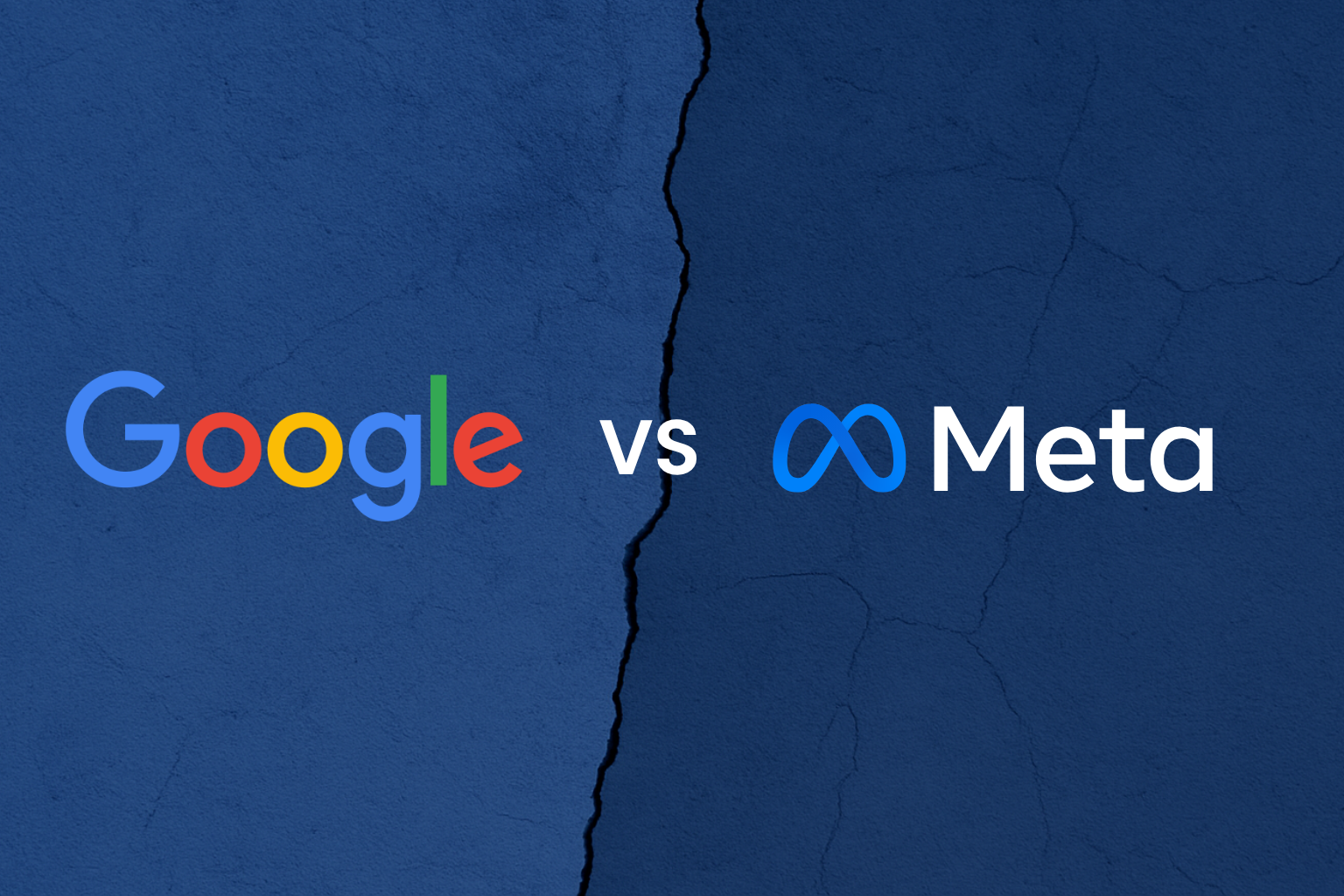Why Structure Matters
Your Google Ads account isn’t just a collection of campaigns — it’s the framework that determines how efficiently your budget works for you.
A well-structured account improves visibility, optimises spend, and ensures you can scale without losing control.
Before diving into the how-to, let's understand the why.
A well-structured Google Ads account helps you:
- Improve Quality Score and reduce cost-per-click (CPC)
- Gain better control over budget allocation
- Optimise performance through granular data analysis
- Scale campaigns efficiently as your business grows
- Enhance ad relevance for better conversion rates
Start With Clear Campaign Segmentation
Think of your Google account like your product catalogue — it needs clear categories.
Avoid dumping everything into one Performance Max campaign.
Instead, build structure around:
- Product categories (e.g., sofas, lighting, décor, dresses, t-shirts, outerwear)
- Campaign types (Performance Max, Search, Shopping, Display, YouTube)
- Objectives (Prospecting, Retargeting, Brand, Non-Brand)
This makes it easier to test, scale, and allocate spend where it performs best.
Performance Max: Your Always-On Engine
Performance Max (PMax) campaigns are powerful — but only if you control them.
- Split into category-specific campaigns (Best-Sellers, Core Range, Seasonal).
- Use asset groups aligned to key audience segments or themes.
- Monitor search term insights to understand what customers are actually searching for.
Recommended Bidding Strategy:
Start with Maximise Conversions while collecting data, then transition to Target ROAS once stable. For new product categories, begin broad to let the algorithm learn before tightening your ROAS targets.
Search Campaigns: Capturing Intent
Search campaigns are your precision tool for high-intent traffic. They let you capture demand at the moment someone’s ready to buy.
Split these into:
- Brand Campaigns – Protect your name and capture customers already searching for you.
- Non-Brand Campaigns – Target discovery terms that drive new customers.
Brand Search Campaign
Even though these clicks may feel “free,” brand campaigns are essential. They ensure competitors don’t bid on your name and steal high-intent traffic.
Tip: Use Exact Match and Phrase Match for best control, with ad copy that reinforces your brand promise.
Recommended Bidding Strategy:
Use Target Impression Share (90–100%) — this ensures you dominate your own branded searches while keeping CPCs efficient.
Shopping Campaigns: Powering E-Commerce Conversions
Your Shopping campaigns are your visual storefront.
- Ensure your product feed is clean, keyword-rich, and formatted for Google’s algorithm.
- Use Custom Labels for segmentation (e.g. Bestsellers, New In, Sale Items).
- Exclude underperforming SKUs to avoid wasted spend.
Recommended Bidding Strategy:
Start with Maximise Conversion Value or Maximise Clicks for learning, then move to Target ROAS once data is stable.
Account Hygiene & Naming Conventions
Clean structure = clean data. Follow a naming convention like:
[Channel]_[CampaignType]_[Category]_[Objective]_[Geo]
Example: Google_PMAX_Sofas_Prospecting_UK
Keep:
- Shared negative keyword lists updated
- Ad schedules aligned with best-performing hours
- Conversion tracking tested and accurate
Your Google Ads account is like the foundation of your e-commerce store — if it’s not built properly, you’ll struggle to scale.
Whether you’re running a global brand or scaling a local e-commerce business, investing in expert setup pays off quickly.
At Adnomics, we help ecommerce brands create Google Ads structures that deliver measurable, profitable growth — not vanity metrics.
.png)
.png)


.jpg)


.png)
.png)
.png)

.png)


.svg)
.svg)
.svg)
.svg)